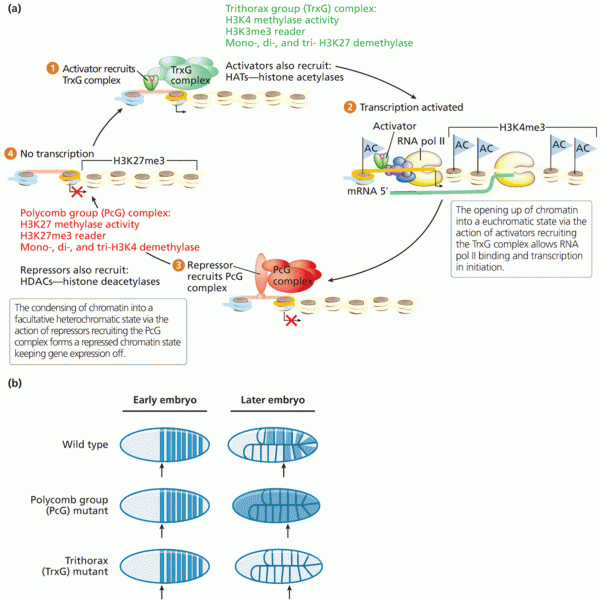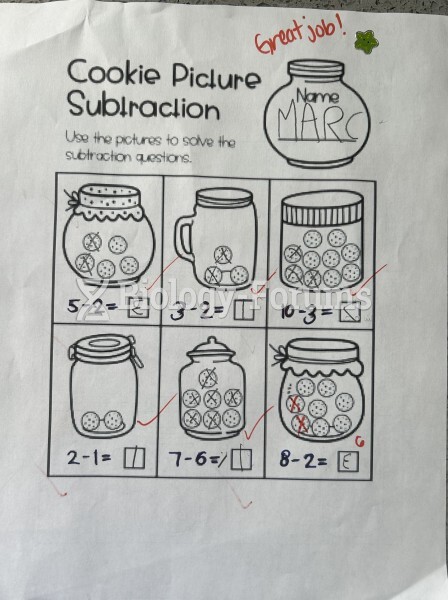Answer to Question 1
social
Answer to Question 2
The exclusionary rule prohibits the prosecutor from using illegally obtained evidence during a trial. The exclusionary rule was first developed in Weeks v. United States (1914). Weeks, however, was limited to a prohibition on the use of evidence illegally obtained by federal law enforcement officers. Not until Wolf v. Colorado (1949), did the U.S. Supreme Court take the first step toward applying the exclusionary rule to the states by ruling that the Fourth Amendment was applicable to the states through the Due Process Clause of the Fourteenth Amendment. Wolf v. Colorado, however, left enforcement of Fourth Amendment rights to the discretion of the individual states. It wasn't until the landmark decision of Mapp v. Ohio (1961) that states were required to apply the exclusionary rule. With Mapp, the exclusionary rule became the principle method to deter Fourth Amendment violations by law enforcement officials. The exclusionary rule applies to physical evidence, interrogations. However, the rule applies differently depending on the type and severity of the underlying constitutional violation. As the U.S. Supreme Court stated in Dickerson v. United States (2000), unreasonable searches under the Fourth Amendment are different from unwarned interrogation under the Fifth Amendment.. Finally, it should be noted that the exclusionary rule also applies to the pretrial confrontations between witnesses and suspects that were either unreliable or that occurred in violation of the accused's Sixth Amendment right to counsel. The exclusionary rule is not limited to evidence that is the direct product of illegal police behavior. The rule also requires exclusion of evidence indirectly obtained as a result of a constitutional violation. The exclusionary rule operates to exclude derivative evidence because it is considered to be fruit of the poisonous tree. Under this doctrine's metaphors, the poisonous tree is evidence directly obtained as a result of a constitutional violation; the fruit is the derivative evidence obtained because of knowledge gained from the first illegal search, arrest, confrontation, or interrogation.







